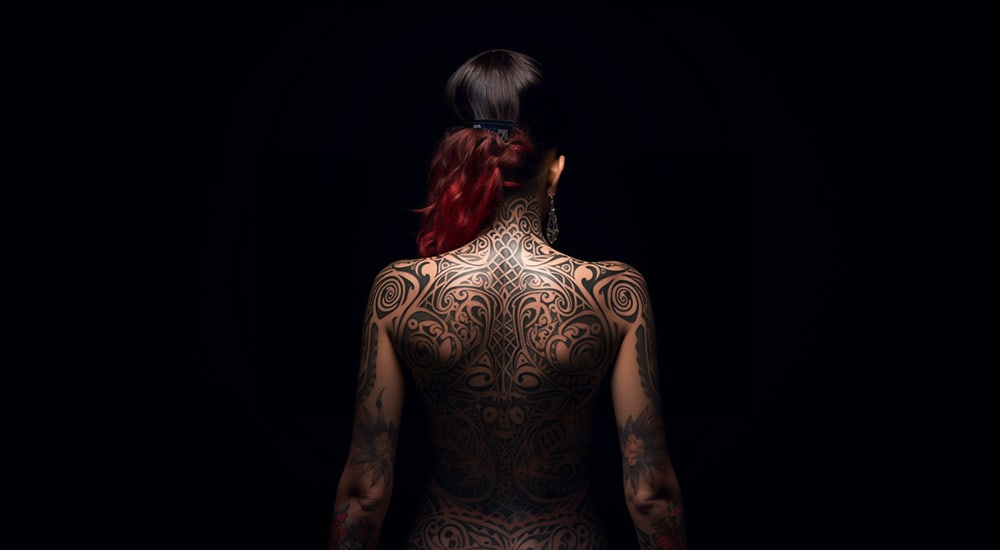History: Tribal tattoos are among the oldest forms of body art, with a history that dates back thousands of years. This style is rooted in various indigenous cultures worldwide and has been practiced by different tribal communities for both spiritual and aesthetic purposes.
Characteristics: Tribal tattoos are defined by bold, black patterns and abstract designs. They often lack intricate details or elaborate shading and primarily consist of black ink. The motifs used vary between tribes but commonly include geometric patterns, animals, and symbols significant to the culture. These tattoos are often placed in prominent locations on the body.
Origin: The history of tribal tattoos is as diverse as the cultures from which they originate. From the Maori of New Zealand to the Native American tribes of North America and the Polynesian people of the Pacific Islands, tribal tattoos have been an integral part of cultural identity and storytelling.
The popularity of tribal tattoos in contemporary culture is largely due to their bold and striking appearance. They convey a sense of strength, heritage, and connection to the past. While some may opt for traditional designs from specific tribal backgrounds, modern interpretations have also emerged, allowing for a fusion of tribal aesthetics with personal expression.
Tribal tattoos are a powerful and timeless choice, reflecting both the history of ancient cultures and the enduring allure of simplicity and boldness in body art.

